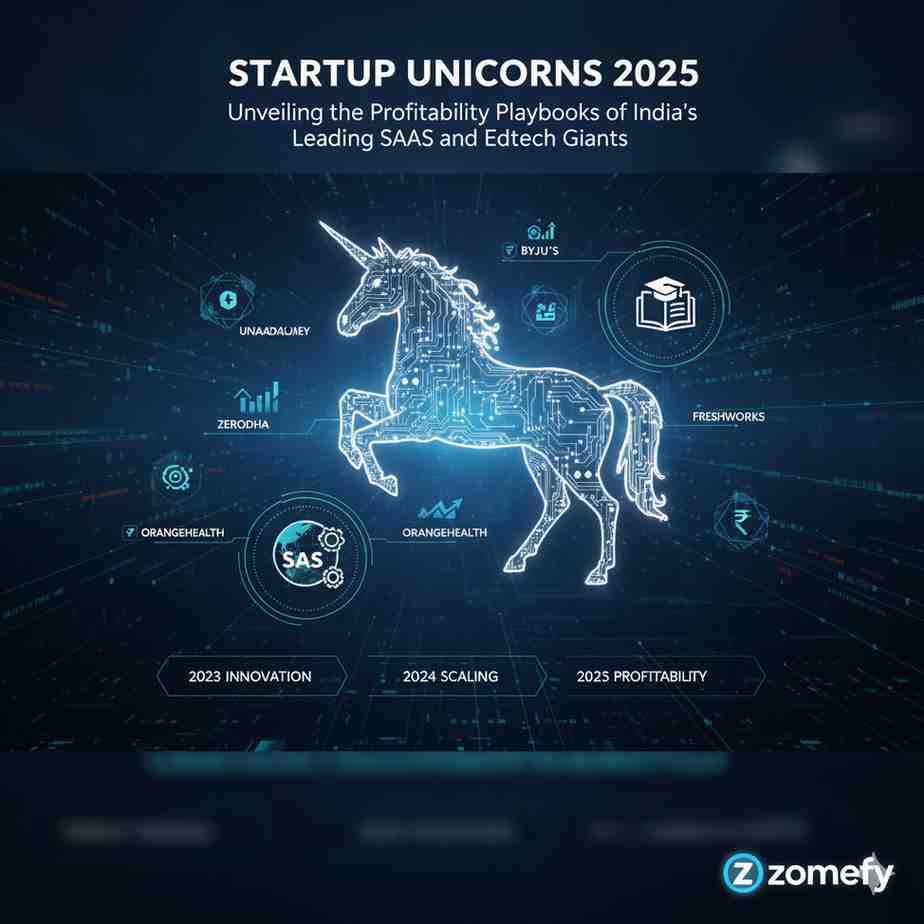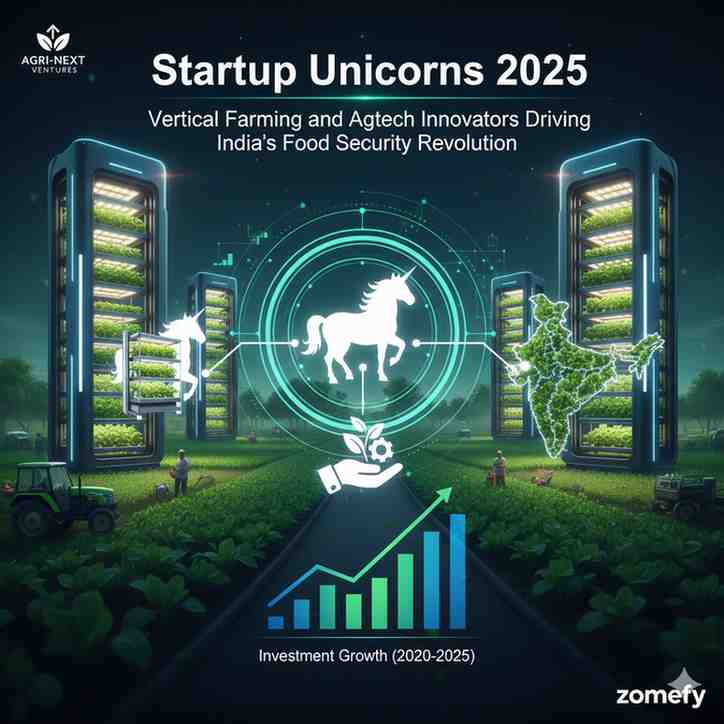India’s Macro-Economic Outlook 2025: Decoding GDP Growth, Inflation Trends, and Employment Dynamics for Strategic Investment Decisions
India's macroeconomic landscape entering 2025 presents a complex yet promising canvas for retail investors and financial professionals alike.
India’s Macro-Economic Outlook 2025: Decoding GDP Growth, Inflation Trends, and Employment Dynamics for Strategic Investment Decisions
What You Can Do Next
- Read the full article for complete insights
- Save for later reference
- Share with others learning about this topic
Image not available
India's macroeconomic landscape entering 2025 presents a complex yet promising canvas for retail investors and financial professionals alike. With GDP growth forecasts ranging between 6.5% and 7.0%, India is poised to remain a global growth leader amidst a challenging international environment marked by trade tensions and currency volatility. Inflation trends have moderated, providing the Reserve Bank of India (RBI) room to ease monetary policy, while employment dynamics reflect both structural shifts and demographic advantages. This article decodes these critical macroeconomic variables—GDP growth, inflation, and employment—and translates them into actionable insights for strategic investment decisions. We will analyze the latest data, compare expert forecasts, and explore sectoral impacts within the Indian market context, backed by relevant company and regulatory examples. Our objective is to equip investors with a nuanced understanding of India’s evolving economic trajectory to optimize portfolio allocation and risk management in 2025 and beyond.
India’s GDP Growth Outlook for 2025-26: Navigating Between Optimism and Challenges
India’s GDP growth projections for 2025 vary slightly among leading global and domestic agencies but consistently indicate robust expansion relative to global peers. Moody’s projects a 7% growth rate in 2025, highlighting strong domestic demand as a key driver, while the IMF forecasts a 6.6% growth, upgraded from earlier estimates due to a strong first quarter and resilient economic fundamentals. Morgan Stanley is slightly more optimistic at 6.7%, factoring in GST cuts and rural demand, whereas the Asian Development Bank (ADB) takes a more conservative stance at 6.5%. Deloitte’s baseline optimistic scenario projects growth between 6.7% and 6.9%, supported by tax reforms, accommodative monetary policy, and potential trade deals with the US. These forecasts collectively suggest India will continue to outpace most emerging and advanced economies in the near term despite headwinds from higher US tariffs and global uncertainties.
Agency | GDP Growth Forecast 2025 (%) | GDP Growth Forecast 2026 (%) | Key Drivers |
|---|---|---|---|
| Moody's | 7.0 | 6.4 | Strong domestic demand, consumption-led growth |
| IMF | 6.6 | 6.2 | Robust Q1 growth, tariff impact offset by domestic fundamentals |
| Morgan Stanley | 6.7 | NA | GST cuts, rural demand, festive season consumption |
| ADB | 6.5 | 6.5 | Steady investment and consumption |
| Deloitte | 6.7 - 6.9 | 6.5 - 6.9 | Tax reforms, accommodative policy, US trade deal prospects |
Sectoral Implications: - Consumer Goods & Retail: Benefiting from rising rural incomes and GST rationalization. - IT & Digital Services: Expected to leverage AI and digital adoption, driving exports despite global headwinds. - Manufacturing & Infrastructure:** Supported by government capital expenditure and 'Make in India' initiatives.
Actionable Insight:** Investors should consider overweighting sectors with strong domestic consumption linkage and export resilience, such as FMCG, IT, and select manufacturing sub-sectors, while monitoring global trade developments.
Comparative Analysis of GDP Growth Forecasts
The following table presents a detailed comparison of GDP growth forecasts from major agencies, highlighting their assumptions and risk factors.
Agency | 2025 GDP Growth Forecast (%) | Key Assumptions | Risks & Challenges |
|---|---|---|---|
| Moody's | 7.0 | Robust domestic consumption, stable policy environment | US tariffs, currency depreciation |
| IMF | 6.6 | Strong first quarter growth, offsetting tariff impact | Global slowdown, trade tensions |
| Morgan Stanley | 6.7 | GST cuts, rural demand revival, festive season boost | External demand weakness, inflation volatility |
| ADB | 6.5 | Steady investment and consumption growth | Global economic uncertainty |
| Deloitte | 6.7 - 6.9 | Tax reforms, accommodative monetary policy, US trade deal | Trade deal delays, inflation persistence |
Investment Strategy:** Given the range of forecasts, a balanced portfolio approach that captures growth potential while hedging against external shocks is prudent. Diversification across consumption-driven sectors and export-oriented industries can mitigate risks.
Inflation Trends and Monetary Policy Outlook: Opportunities and Risks
Inflation in India has moderated significantly in 2025, with the Consumer Price Index (CPI) forecasted around 2.1% to 2.8%, well below the RBI’s target band of 4%. This disinflationary trend is attributed to GST rate rationalizations, favorable monsoon outcomes, and subdued food price pressures. The softness in inflation has opened the door for the RBI to consider monetary easing, with market expectations centered around a 25 basis point rate cut in the December 2025 policy review. Lower interest rates could further stimulate consumption and investment, reinforcing growth momentum.
However, risks remain from imported inflation due to a depreciating Indian rupee against the US dollar, which increases costs for sectors reliant on dollar-denominated inputs such as oil & gas, telecom, and airlines. Companies with strong hedging and risk management strategies, like Reliance Industries and Bharti Airtel, are better positioned to navigate these challenges.
Indicator | 2024 Actual | 2025 Forecast | RBI Target |
|---|---|---|---|
| CPI Inflation (%) | 4.9 | 2.1 - 2.8 | 4 ± 2% |
| Repo Rate (%) | 5.5 | 5.25 (expected cut) | NA |
| WPI Inflation (%) | 5.3 | 3.0 - 3.5 | NA |
Pros vs Cons of Monetary Easing:
Pros | Cons |
|---|---|
| Stimulates consumption and investment | Potential asset price bubbles |
| Reduces borrowing costs for MSMEs and consumers | Currency depreciation risk |
| Supports equity markets | Inflation rebound if demand surges |
Actionable Insight:** Investors should monitor RBI policy signals closely and consider increasing exposure to interest-sensitive sectors such as real estate, consumer durables, and financials, while maintaining vigilance on inflation triggers and currency risks.
Sectoral Impact of Inflation and Currency Movements
The depreciation of the Indian rupee against the US dollar (approximately 5% year-to-date) has a differentiated impact across sectors:
- Oil & Gas: Increased import costs pressure margins; however, companies with integrated refining and marketing operations like Reliance Industries can partially offset this. - Telecom: Dollar-denominated equipment costs rise; Bharti Airtel and Jio invest in hedging and cost optimization. - IT & Exporters: Benefit from rupee weakness as their revenues are dollar-linked, boosting profitability.
Sector | Currency Impact | Inflation Sensitivity | Key Companies |
|---|---|---|---|
| Oil & Gas | Negative (higher input costs) | Moderate | Reliance Industries, ONGC |
| Telecom | Negative (equipment costs) | Low | Bharti Airtel, Jio |
| IT Services | Positive (export revenues) | Low | TCS, Infosys |
| Consumer Goods | Neutral | High (raw material prices) | HUL, Nestle India |
Investment Strategy:** To hedge currency and inflation risks, investors can consider diversified portfolios including export-oriented IT stocks and domestic consumption-driven FMCG stocks with pricing power. Additionally, selective exposure to financials may benefit from lower interest rates.
Employment Dynamics and Demographic Dividend: Implications for Investment
India’s demographic profile remains a strategic advantage, with a working-age population exceeding 900 million and a median age of 28 years. Employment growth in 2025 is driven by both formal and informal sectors, with increased participation in services, manufacturing, and digital economy roles. Government initiatives like the National Skill Development Mission and Digital India are enhancing employability and productivity.
However, challenges persist, including underemployment and the need for quality job creation in organized sectors. The rise of gig economy platforms and MSMEs supported by AI and fintech innovations offer new avenues for employment growth.
Employment Metric | 2023 | 2025 Projection | Notes |
|---|---|---|---|
| Labour Force Participation Rate (%) | 47.8 | 48.5 | Gradual increase expected |
| Unemployment Rate (%) | 7.0 | 6.5 | Improvement due to economic growth |
| Formal Sector Employment Growth (%) | 3.2 | 3.8 | Driven by manufacturing and services |
Sector-wise Employment Growth: - IT & Digital Services: 8-10% annual growth in jobs, fueled by AI and digital transformation. - Manufacturing: 5-6% growth due to 'Make in India' and export push. - Agriculture:** Stabilizing with mechanization and allied activities.
Actionable Insight:** Investment themes focusing on sectors benefiting from demographic dividends—such as education technology, digital services, and organized retail—are attractive. Additionally, financial services firms catering to the MSME segment stand to gain from expanding employment and income levels.
Employment Quality and Skill Development Initiatives
While job creation is growing, quality and skill alignment remain critical. The government’s emphasis on skill development programs aims to bridge gaps between industry needs and workforce capabilities. Key initiatives include:
- Pradhan Mantri Kaushal Vikas Yojana (PMKVY): Training youth in industry-relevant skills. - Digital India: Promoting digital literacy and employment. - MSME Support Schemes: Facilitating entrepreneurship and job creation.
Initiative | Focus Area | Impact on Employment |
|---|---|---|
| PMKVY | Skill Training | Enhances employability for youth |
| Digital India | Digital Literacy | Creates jobs in IT and services |
| MSME Schemes | Entrepreneurship | Boosts self-employment and formalization |
Investment Strategy:** Companies in education technology, skill training, and fintech sectors supporting MSMEs offer growth potential aligned with employment trends. Investors should evaluate firms with strong CSR and sustainability initiatives linked to skill development.
Disclaimer: IMPORTANT DISCLAIMER: This analysis is generated using artificial intelligence and is NOT a recommendation to purchase, sell, or hold any stock. This analysis is for informational and educational purposes only. Past performance does not guarantee future results. Please consult with a qualified financial advisor before making any investment decisions. The author and platform are not responsible for any investment losses.
Continue Your Investment Journey
Discover more insights that match your interests

Support and Resistance Trading: Complete Strategy Guide for Indian Markets
Master support and resistance trading with horizontal levels, trendlines, and volume confirmation strategies for Indian markets.

RegTech's Rise: Automating Compliance and Fighting Financial Crime
Examine the adoption of regulatory technology by financial companies to simplify compliance, reduce risks, and respond to global regulatory demands faster and smarter.

Startup Unicorns 2025: Unveiling the Profitability Playbooks of India’s Leading SaaS and Edtech Giants
India’s startup ecosystem has witnessed phenomenal growth with the emergence of unicorns—startups valued at over $1 billion—especially in the SaaS (Software as a Service) and EdTech sectors.

Startup Unicorns 2025: Vertical Farming and Agtech Innovators Driving India's Food Security Revolution
India's food security challenge and rising urbanisation have accelerated investment in agtech and vertical farming, creating a fertile environment for startups to scale into unicorns by 2025.
Explore More Insights
Continue your financial education journey
